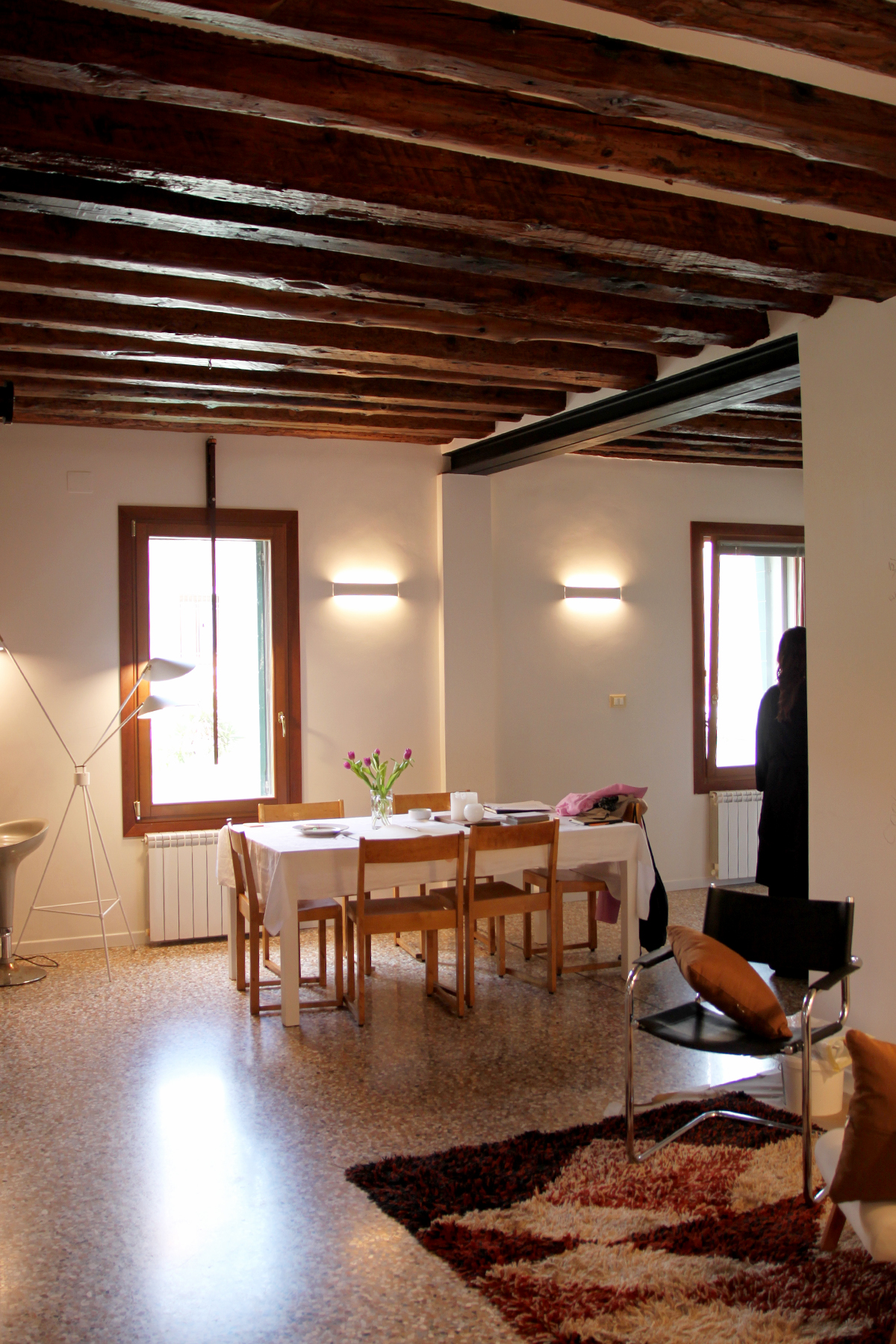The ThinFacility Solution for Enhanced Indoor Air Quality at the Venice Biennale

Most people don’t realise that we spend 80-90% of their time indoors, whether at work, in a shop, at home, in a hotel, in a restaurant, or in a sports club. Children spend 35-50 hours a week at school or kindergarten. Since we spend so much time indoors it is important to maintain a good indoor climate to ensure our good health. Clean indoor air is also essential to create favourable working and learning conditions as well as to limit the spread of airborne viral diseases, including COVID-19. Studies show that certain viruses spread very effectively indoors as an aerosol that stays in the air even after the infected person has left the room. This is why it is crucial to assess the change in air quality in empty rooms and determine the time it takes for a room to reach good air quality.
Good air quality not only makes people feel better but also reduces the risk of various health problems, such as headaches, fatigue, cough, allergies, asthma, and the transmission of viral diseases.
Did you know?
CO2 levels at around 1000 ppm and above significantly impair our cognitive abilities. In fact, it has a similar effect to our cognitive abilities as drinking two pints of beer.
ThinFacility’s Indoor Air Quality (IAQ) monitoring solution represents one effective solution to monitor the quality of air in any indoor environment. Thinnect is a proud member of the EDIAQI project, a collaborative effort involving companies and research organizations studying the effects of air quality on human health and exploring ways to assess and improve air quality. The ThinFacility air quality solution is an easy-to-install wireless CO₂ sensors with a cloud-based solution for data storage and a cloud desktop that displays data from sensors installed in different rooms of the building. This gives the users a quick and concise overview of the current situation and trends in the monitored rooms.

As part of the Tallinn pilot, the ThinFacility sensor is already being utilised in classrooms, kindergartens, offices, accommodations, service establishments, sports clubs, medical facilities, and production facilities. The Venice deployment at the Estonian pavilion showcases the technology used in the successful Tallinn pilot of the project.
To see ThinFacility solution in action we recommend visiting the Venice Biennale of Architecture, the leading event for new trends in architecture. At the Biennale, you can observe the ThinFacility technology in action and explore the Estonian pavilion, HomeStage, which delves into the contradiction between a living place as a home and as an exchange value.

ThinFacility building monitoring solutions, based on Thinnect technology, will be showcased as part of the Estonian pavilion until the end of November 2023. The exhibit visualises how HomeStage breathes and demonstrates how cutting-edge technology can be used to modernise existing buildings, ensuring high quality indoor climate.
https://thinfacility.com/arhitektuuribiennaal/
Note: This article has been published on behalf of Anneli Toomis and Jurgo Preden, ThinFacility.